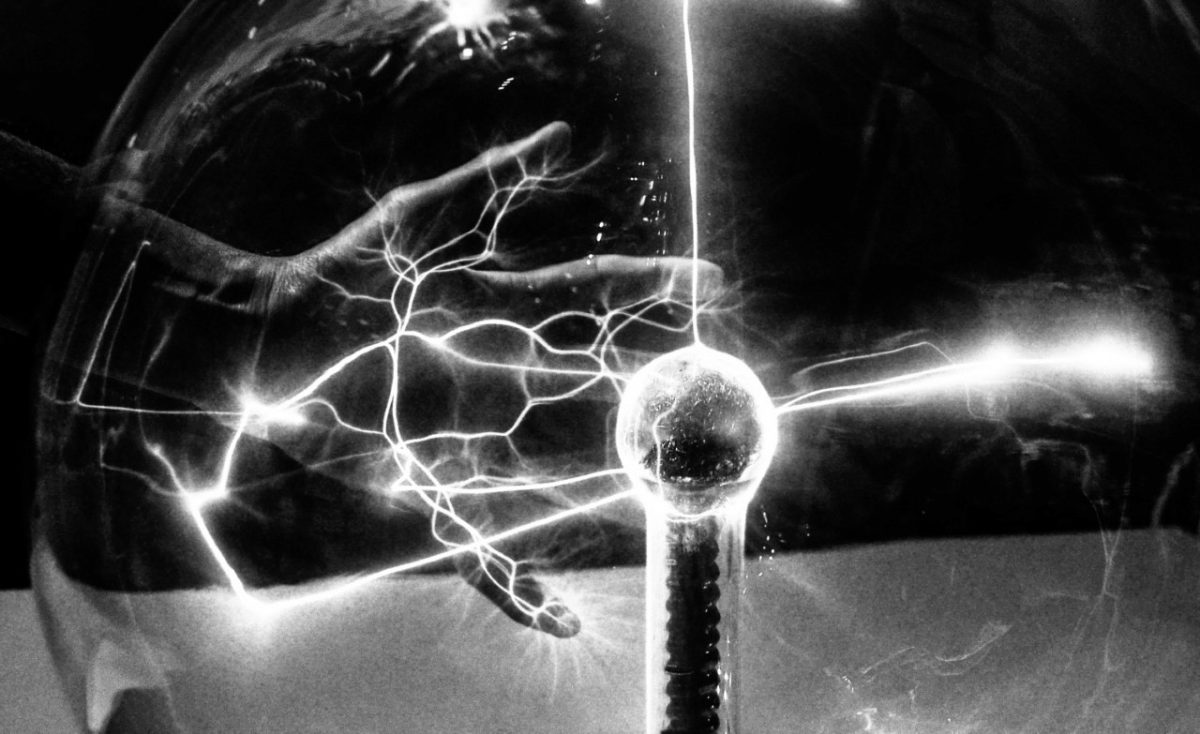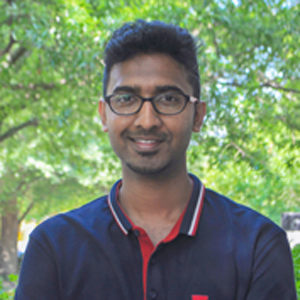
Ruthvik Chandrasekaran, a third-year Ph.D. student in the Daniel Guggenheim School of Aerospace Engineering, has won first place in the GT College of Sciences' Spring 2019 Art Crawl competition.
Chandrasekaran’s entry – “Recharging” – is a photograph of a plasma globe filled with noble gases, such as neon and argon. When the high-voltage electrode at the center of the globe is charged, the gases ionize, causing beautiful streaks of light, known as plasma filaments, to form inside the globe.
Chandrasekaran said his graduate research at the Daniel Guggenheim School has nothing to do with noble
 |
| Ruthvik Chandrasekaran |
gases. His research interests are in helicopter design. The award-winning photo was one of many he has snapped since coming to Atlanta. It was taken at the Fernbank Museum last year.
“Noble gases are usually inert, but under certain extreme conditions they interact with their surroundings to form something vibrant and magnificent,” said Chandrasekaran, who studies under professors Dimitri Mavris and Dewey Hodges. “Just like us, noble gases also need the right atmosphere to shine.”
All together, this year's Art Crawl received art entries from 28 students -- all of it inspired by the periodic table or chemical elements. In addition to paintings and photographs, the entries included poetry, drawings, sculptures, and digital art pieces.
Under Hodges' direction, Chandrasekaran has been doing research on helicopter rotorblade dynamics. His work with Mavris has focused on reviewing wire strike protection systems that are used by helicopters to avoid collisions with powerlines and other wires in low-fly zones. Over the past semester, he has also begun working with Mavris on a project with Pratt & Whitney to review technologies that have the potential for disrupting jet engine technologies.
Joining Chandrasekaran in receiving top honors were two other College of Engineering students.
Second place goes to Anna Starr for “The First Element.” Hydrogen is the first element; Starr’s painting of hydrogen’s single proton and lone electron is both riveting and mesmerizing. From afar, the solid black circles beckon. Up close, the lines radiating from the pitch dark objects pulsate.
A second-year major in industrial and systems engineering, Starr says she’s always looking for opportunities to create art. About “The First Element,” she says: “I wanted to convey the opposing energies of the two particles in a hydrogen atom, with the large negative space representing the positively charged proton and the smaller circle representing the negatively charged electron. I believe the abstract elements of the lines helps capture the mystery of the atom.”
Nishalini Shanmugan took third place with her entry, “Winter Frost.” Using the eerie winter scene, Shanmugan says she wanted to demonstrate with her photograph “how the periodic table coexists with nature and the essence of life.”
Shanmugan is a first-year major in electrical engineering, with a minor in Spanish. Her photograph projects the beauty of the periodic table through its elements, and the molecules they form, coexisting in nature and in different states, such as ice, water, and water vapor. “What better way to do that than with an image of a cold, wintry day?”
The diverse creative expressions yielded mind-opening and fresh perspectives of the periodic table. The College of Sciences thanks all participants, who took the time to express artistically their reflections on the periodic table.